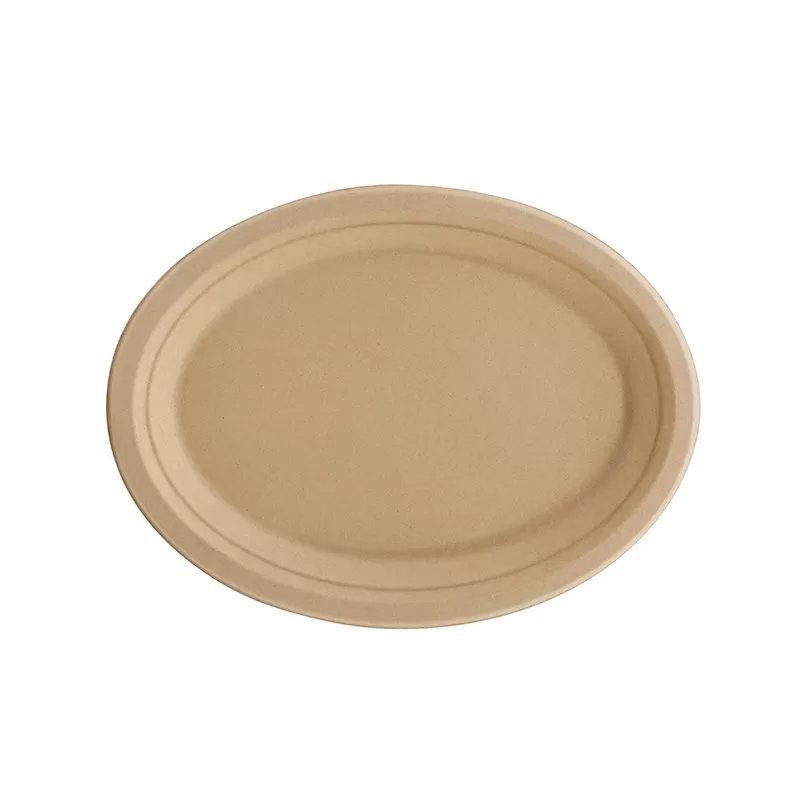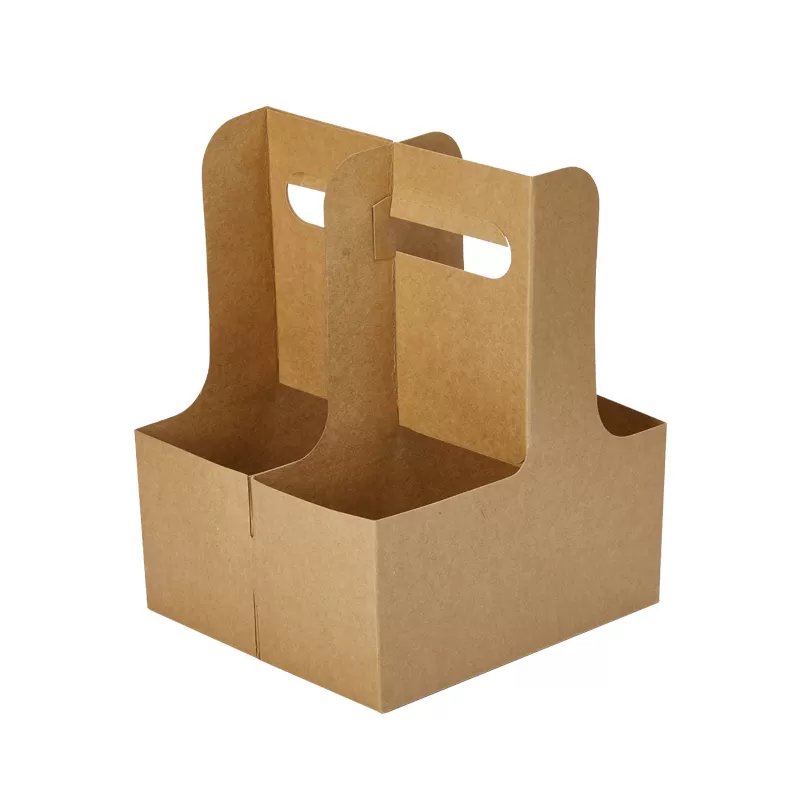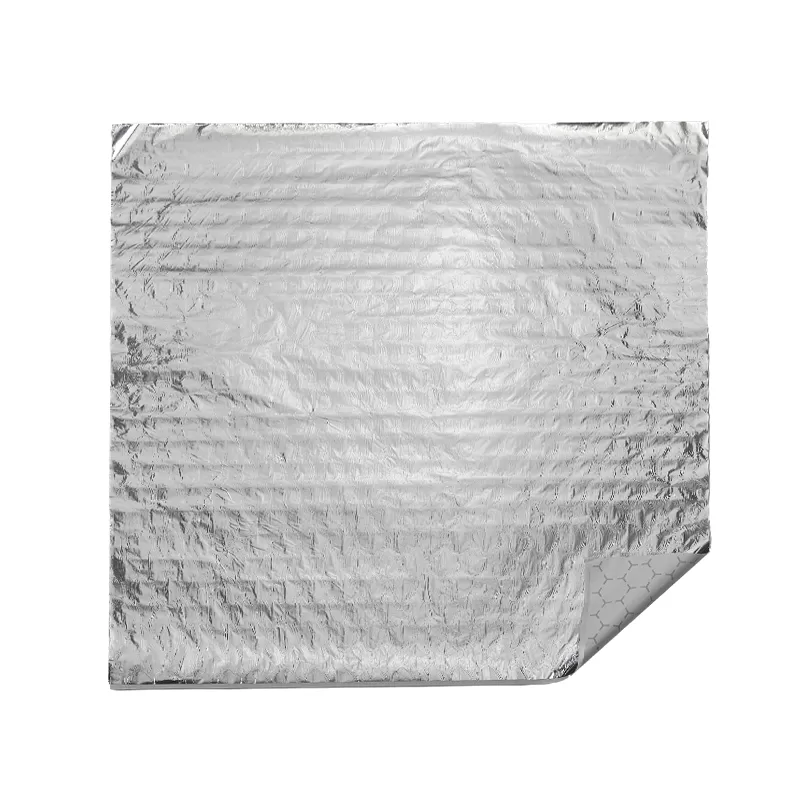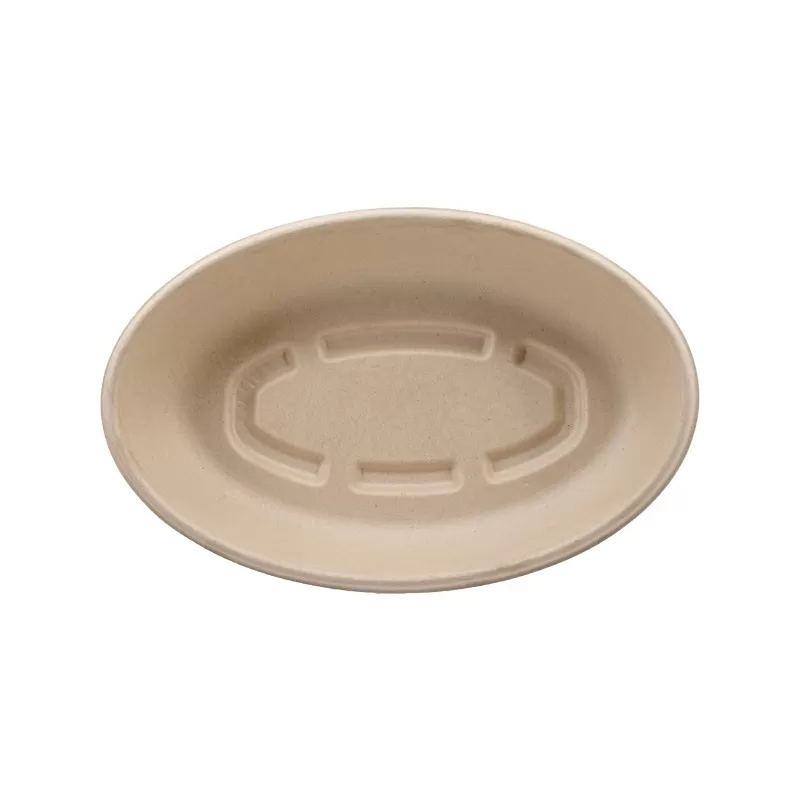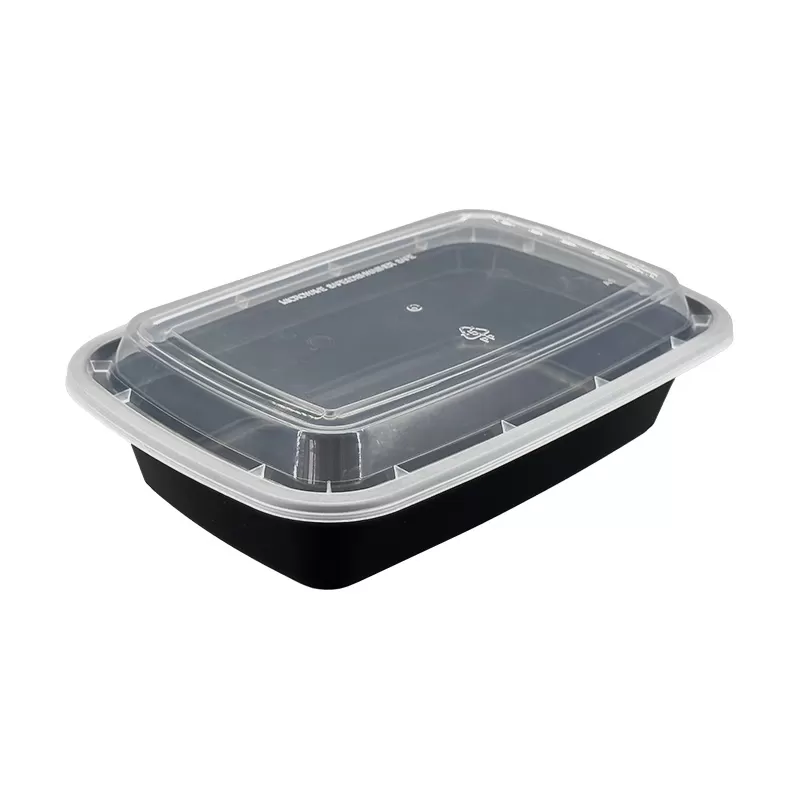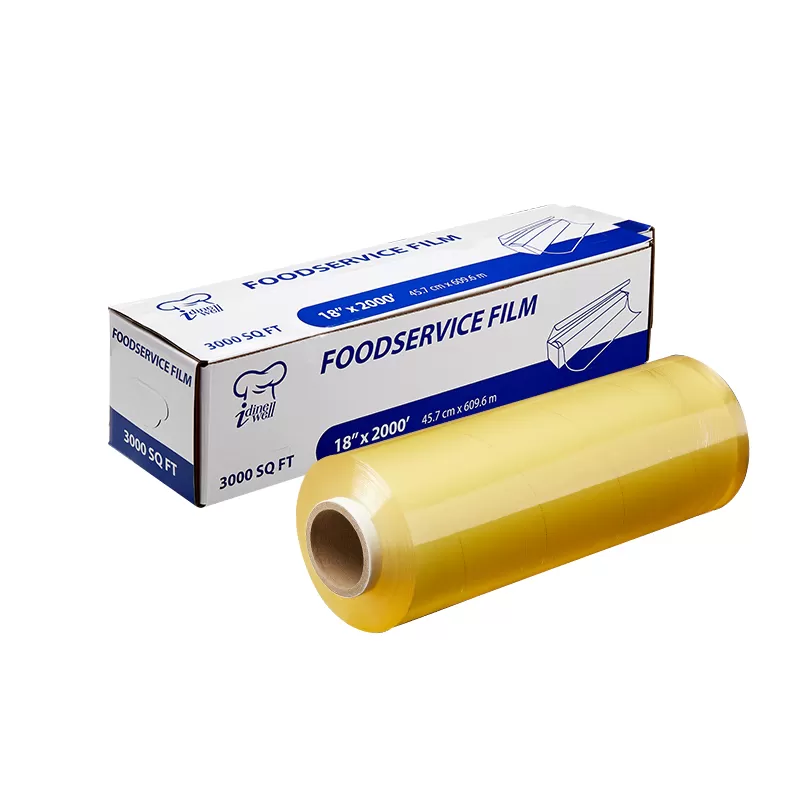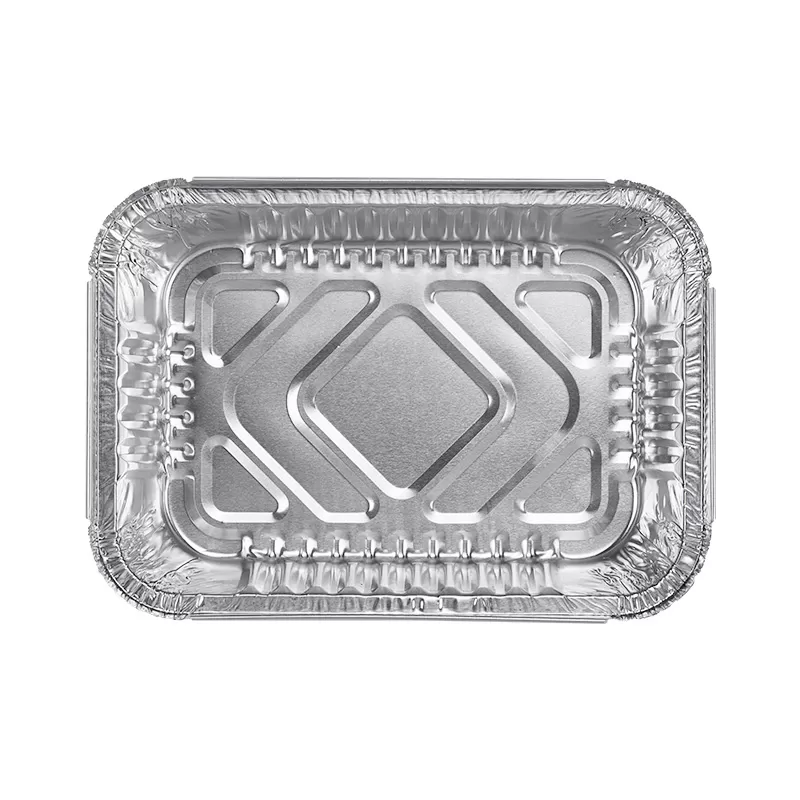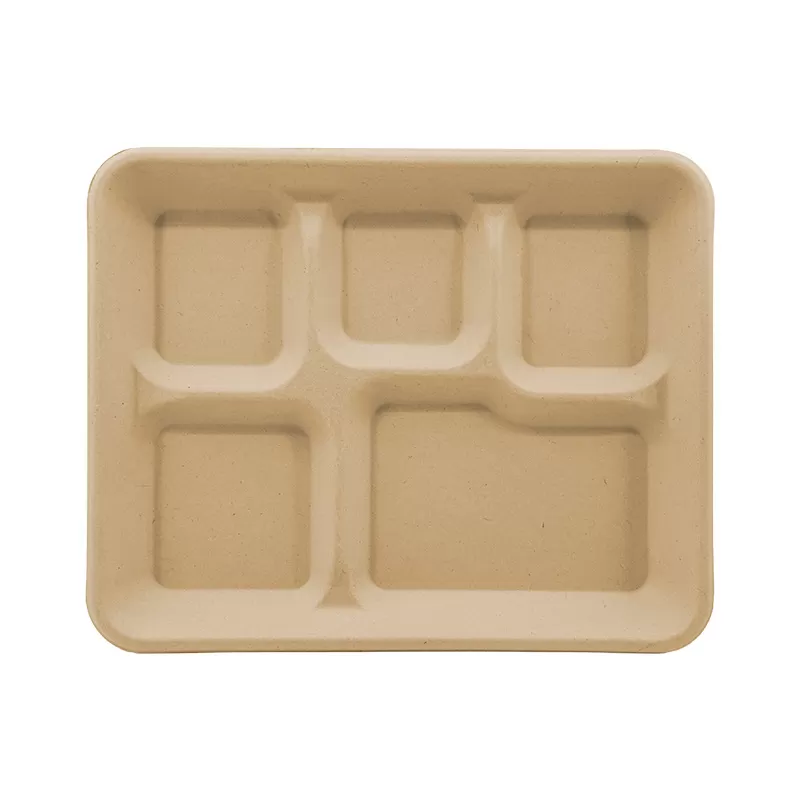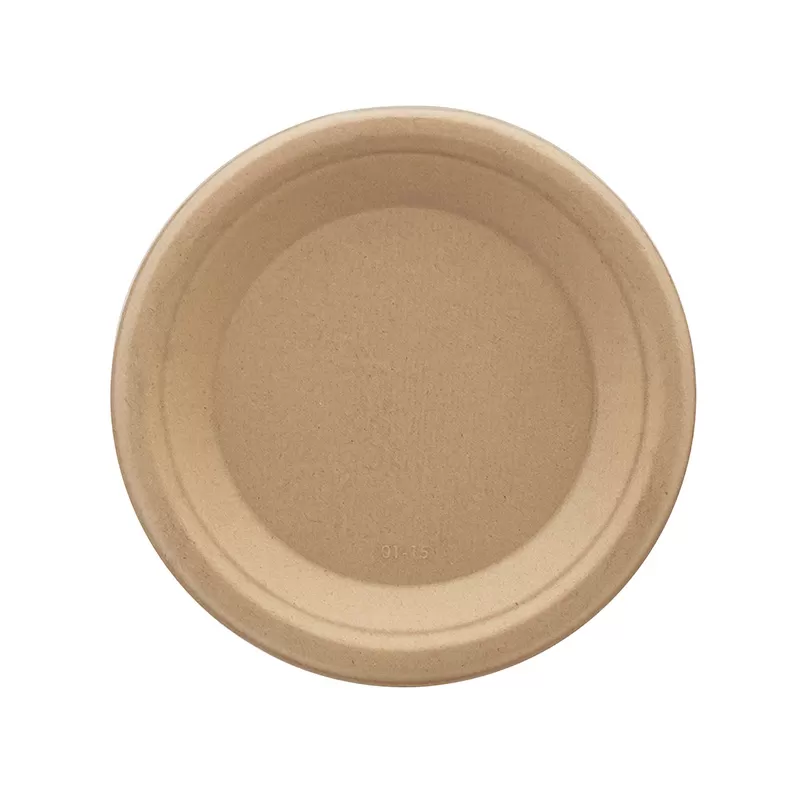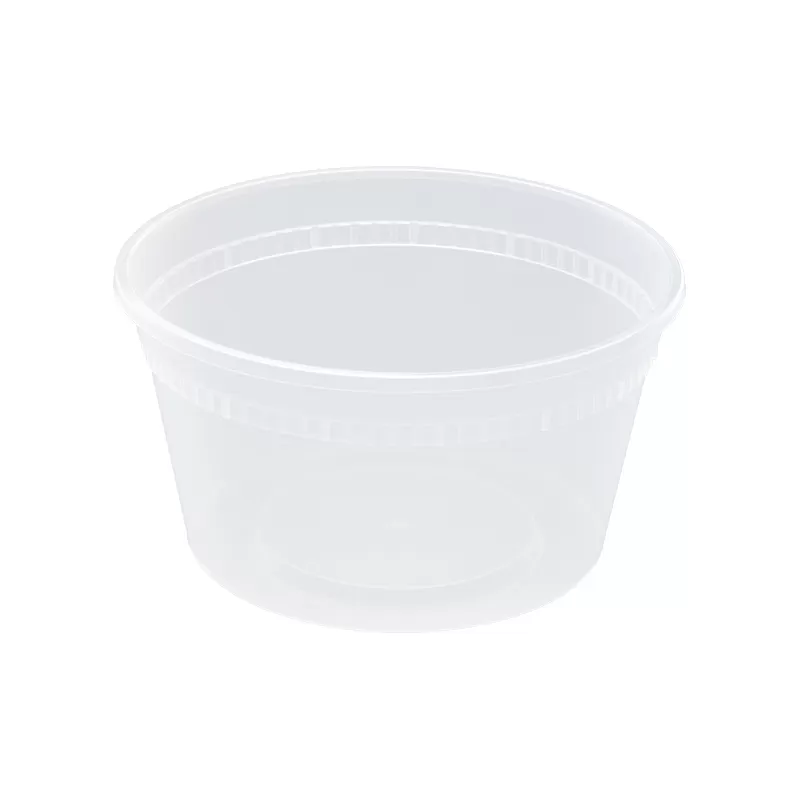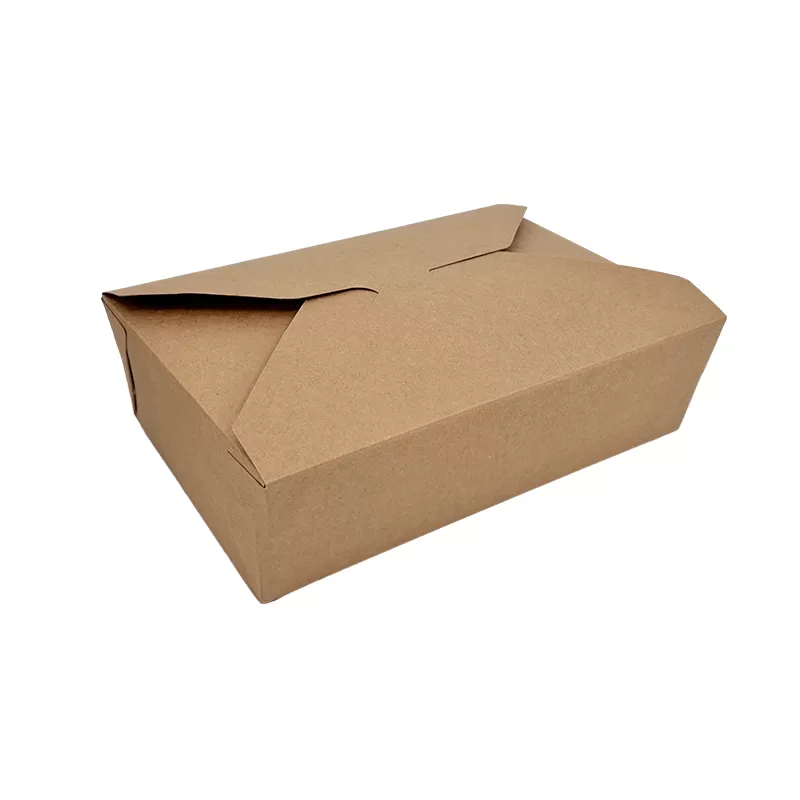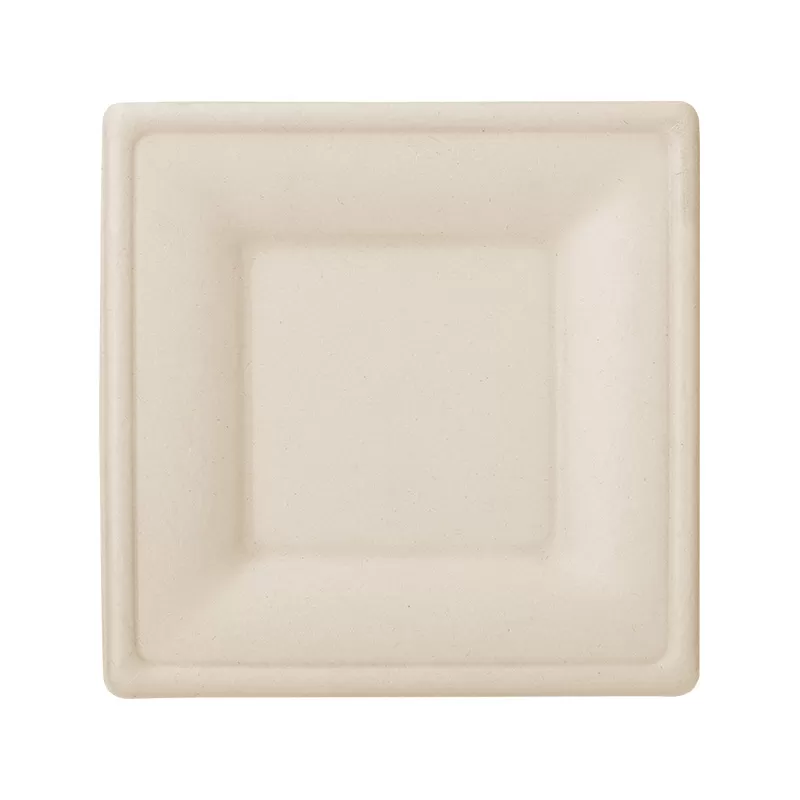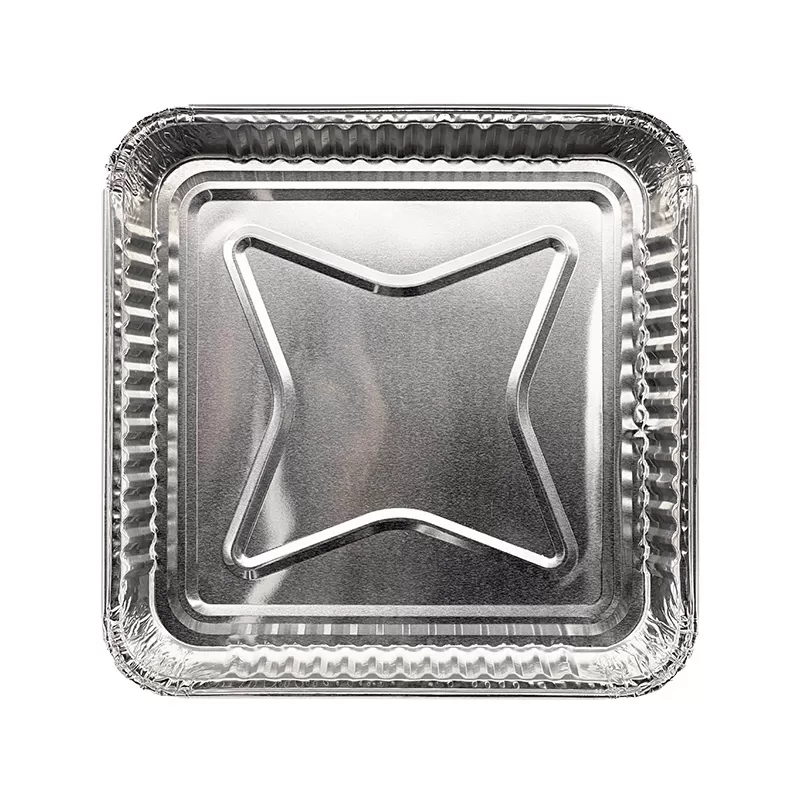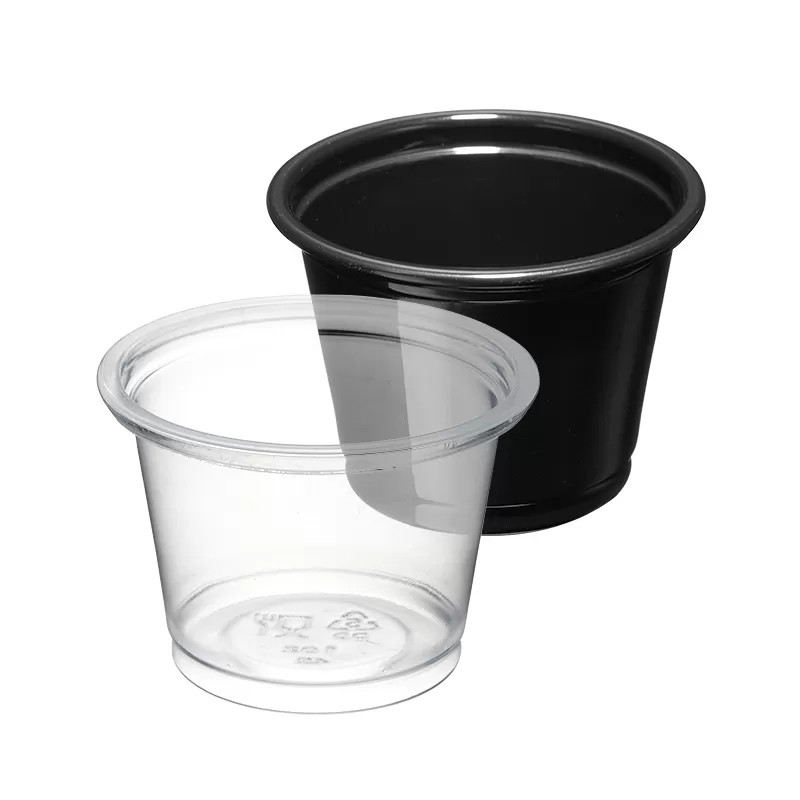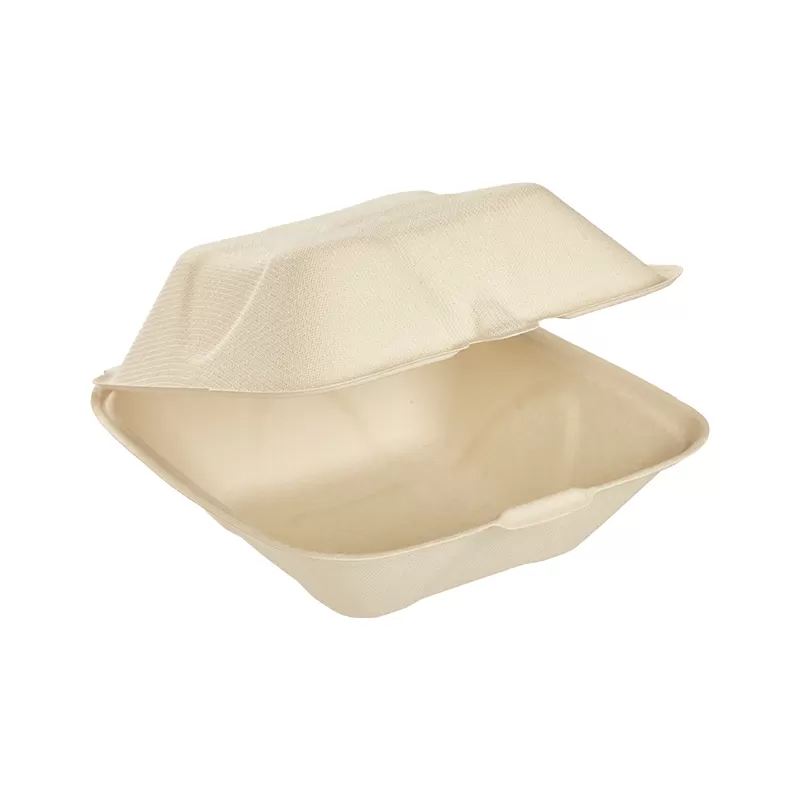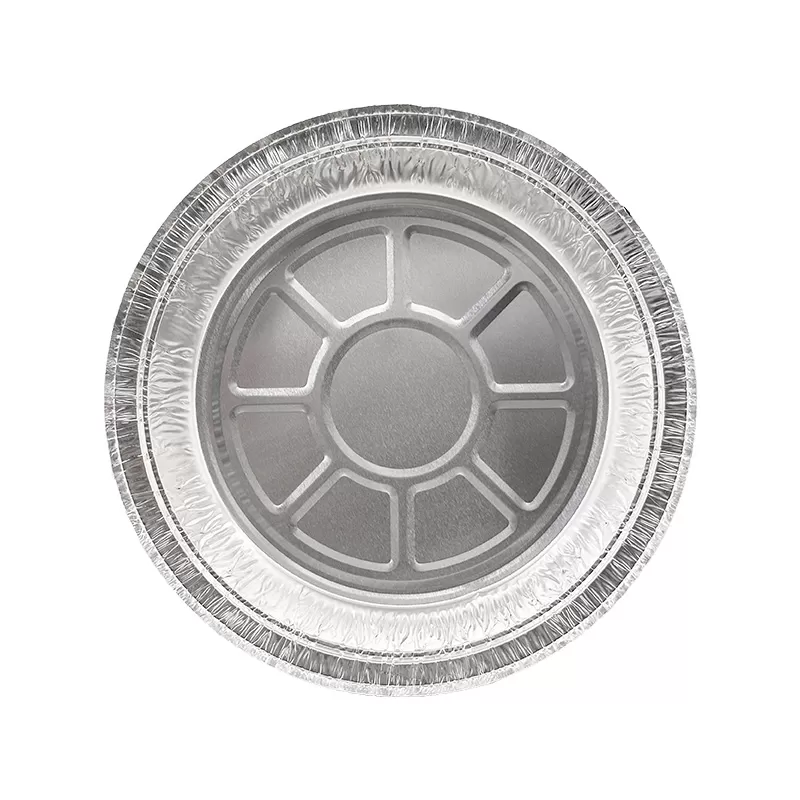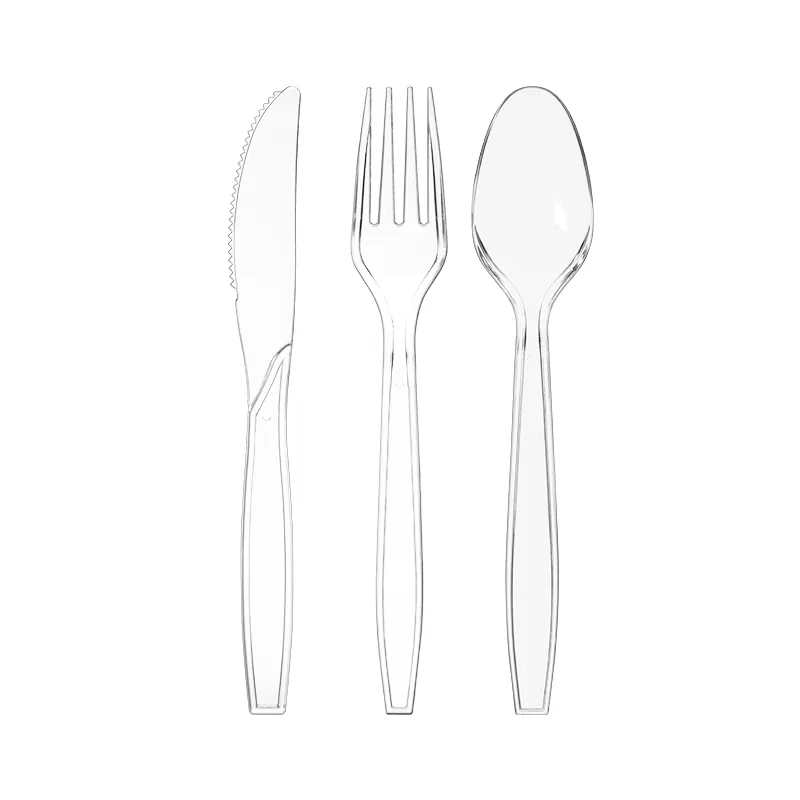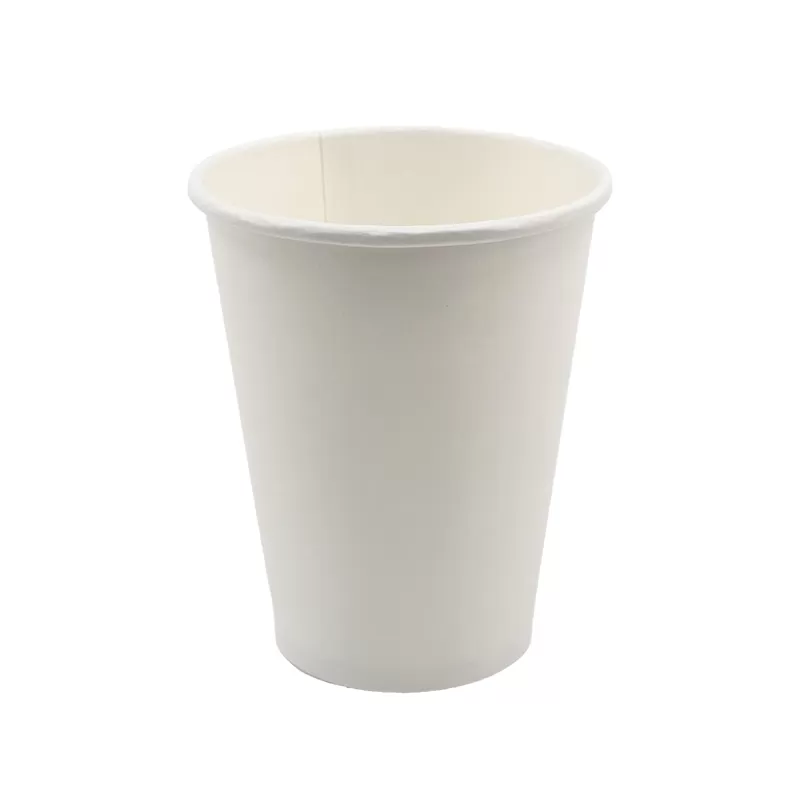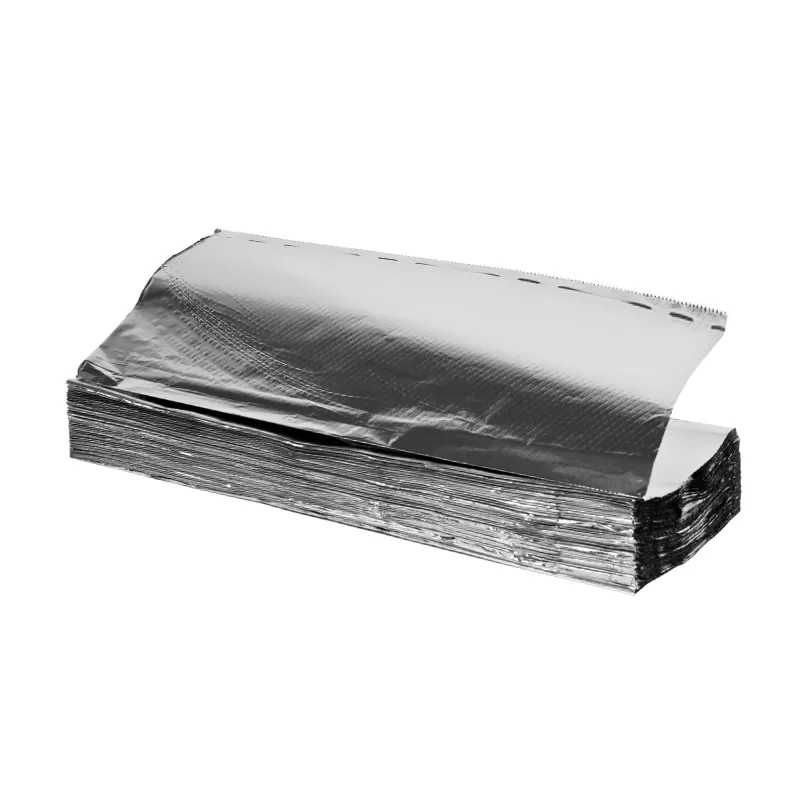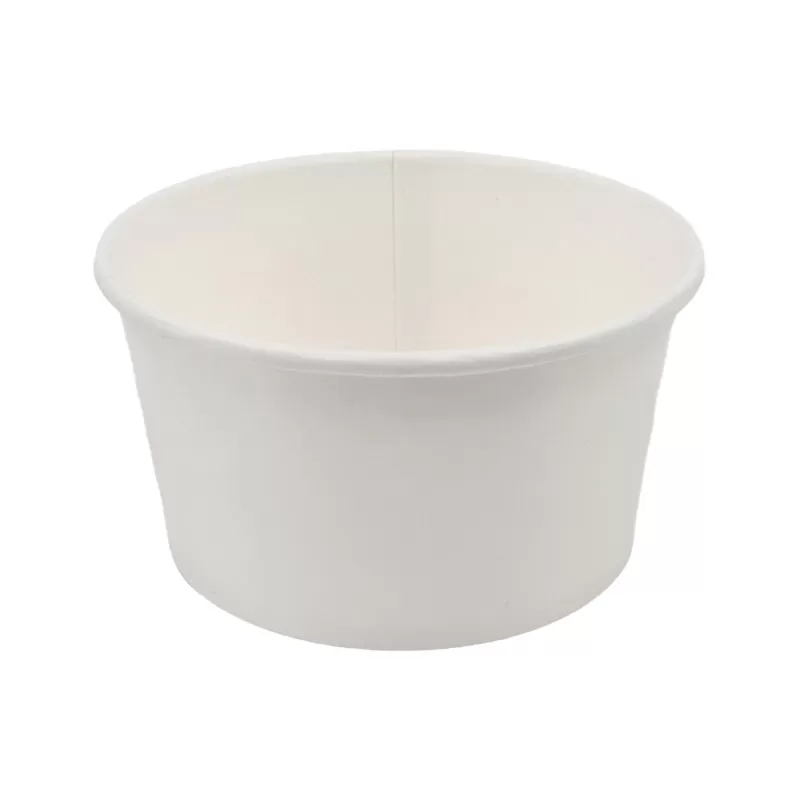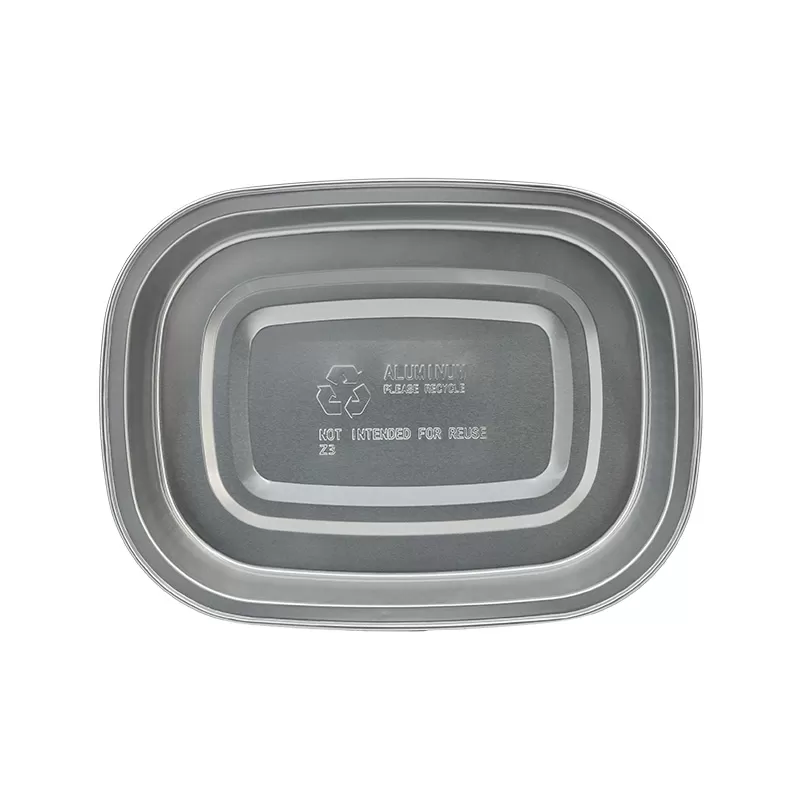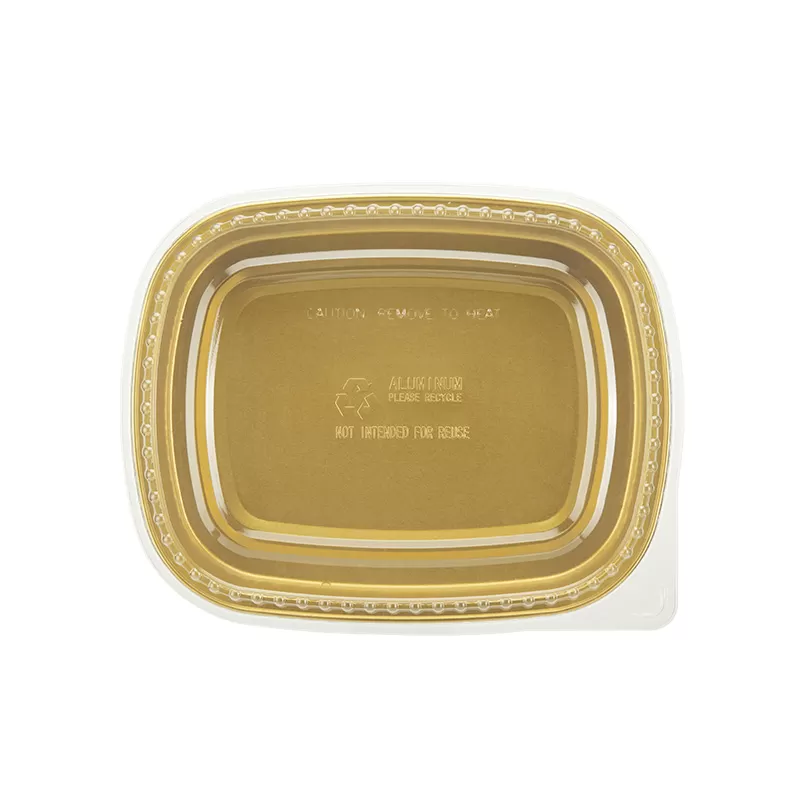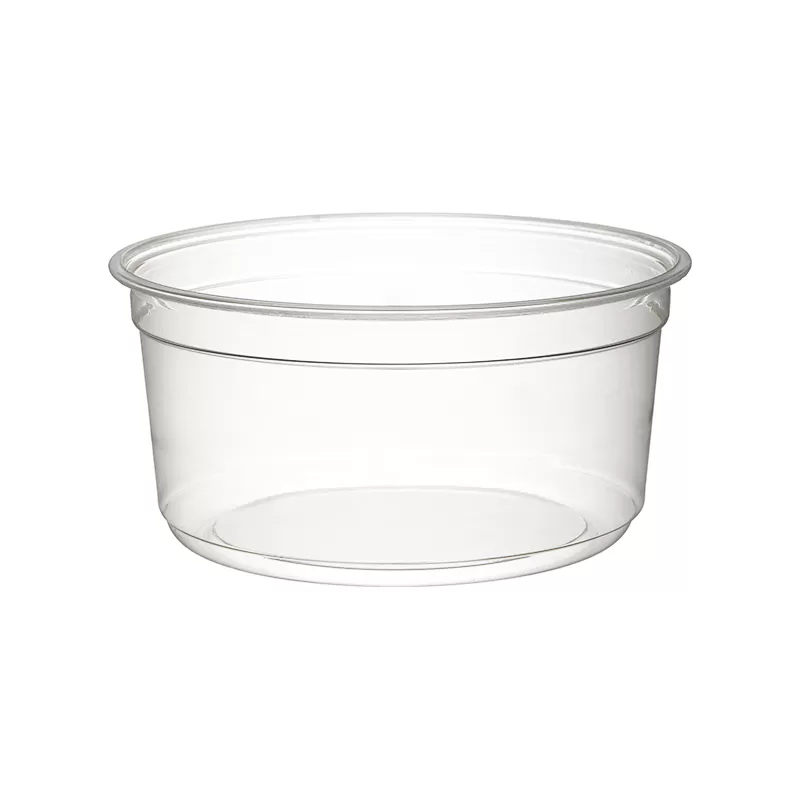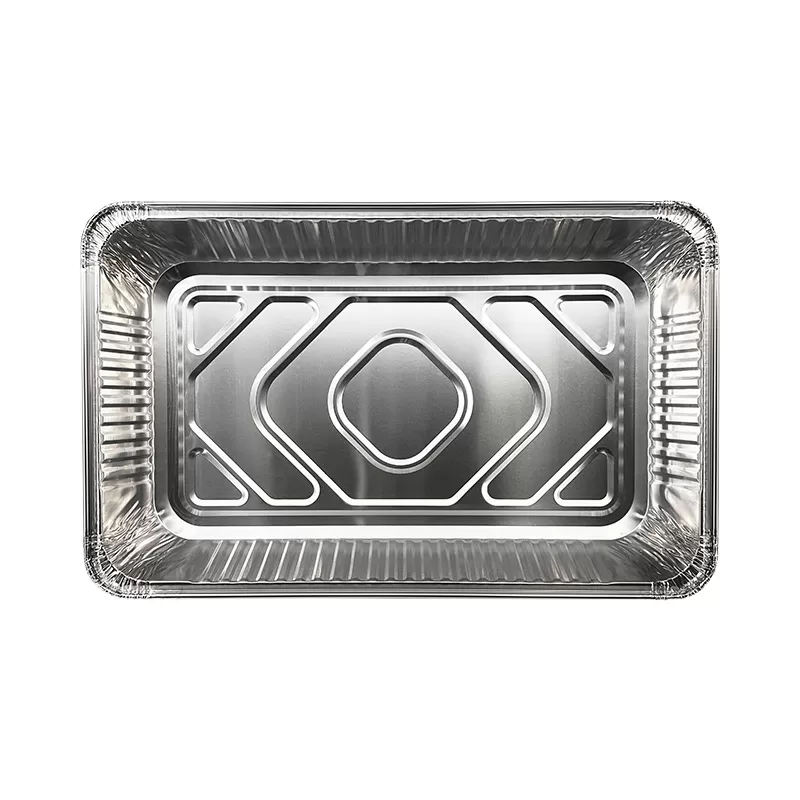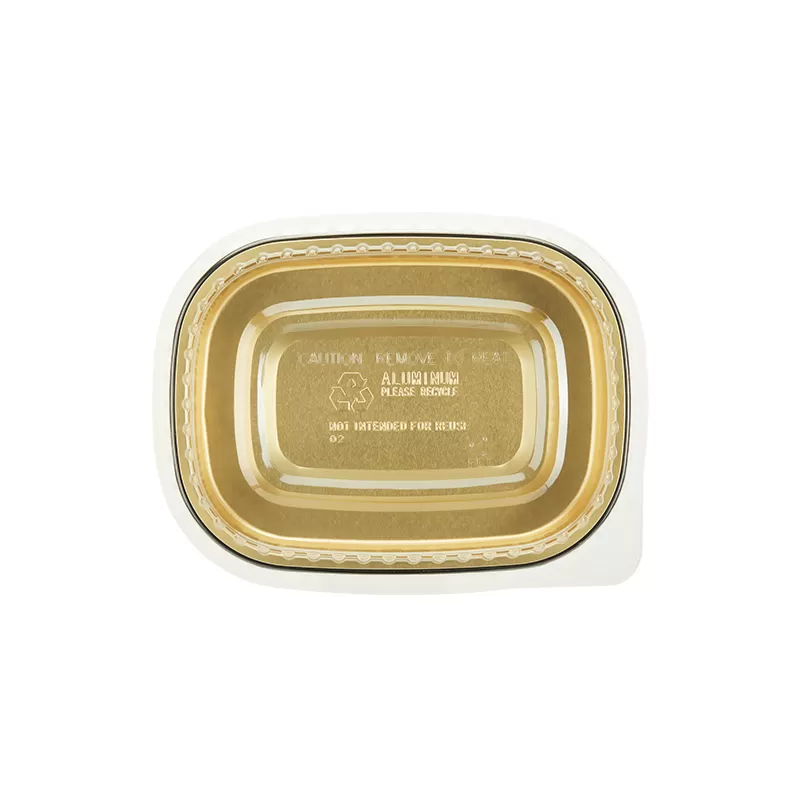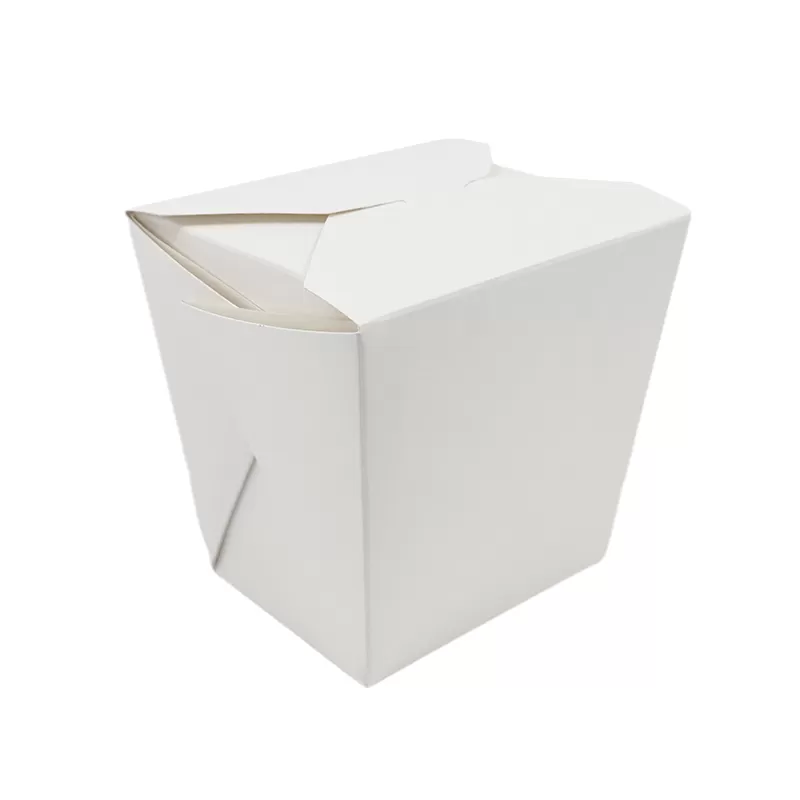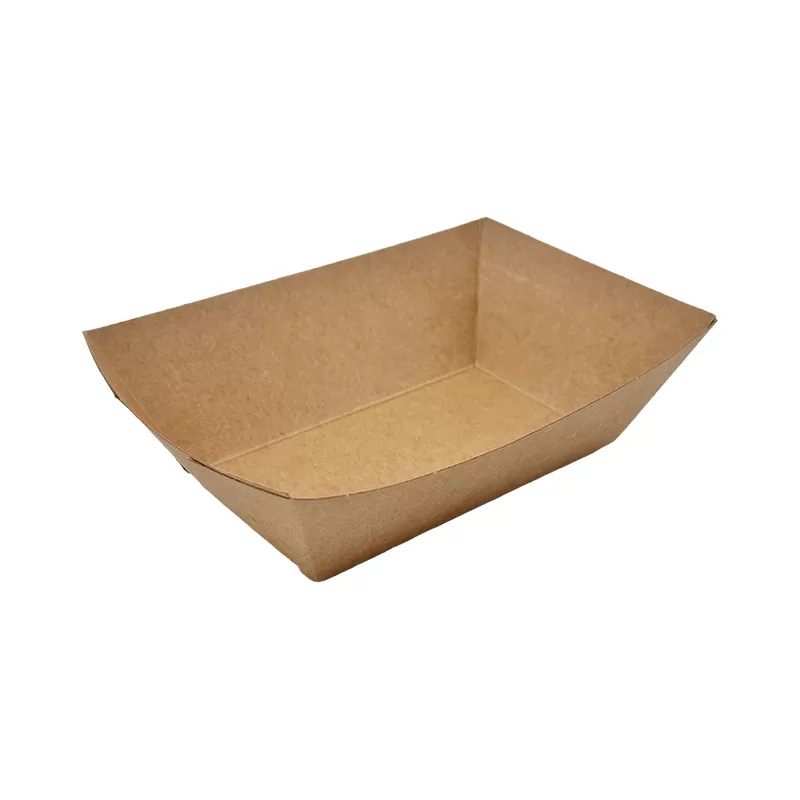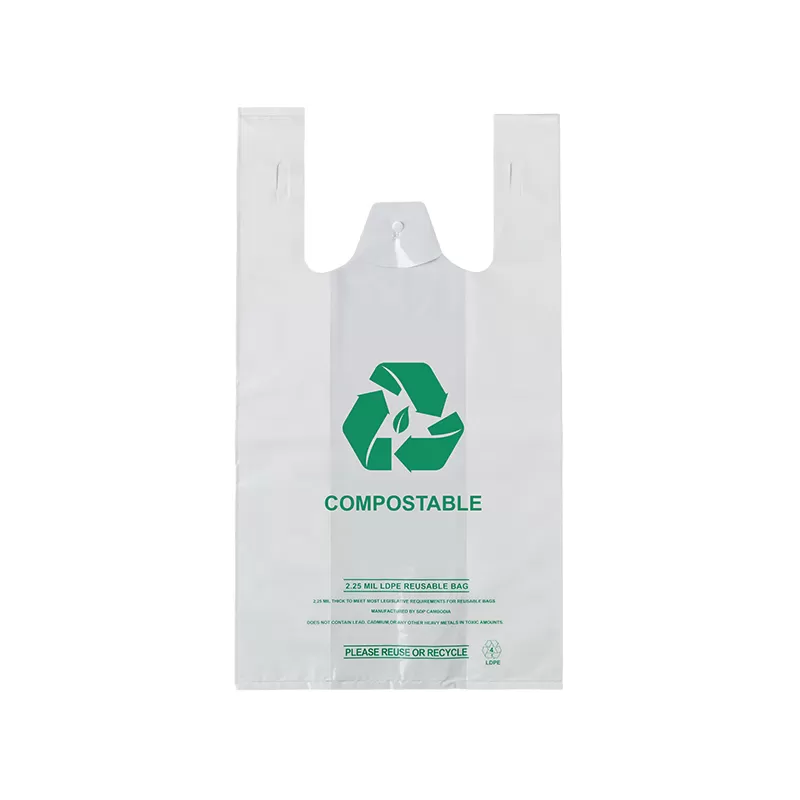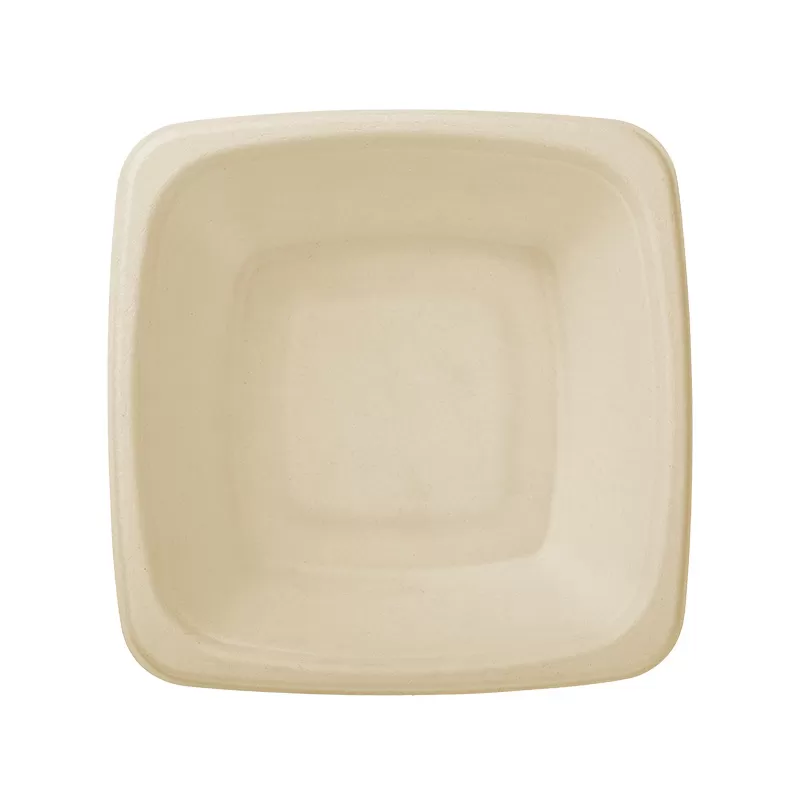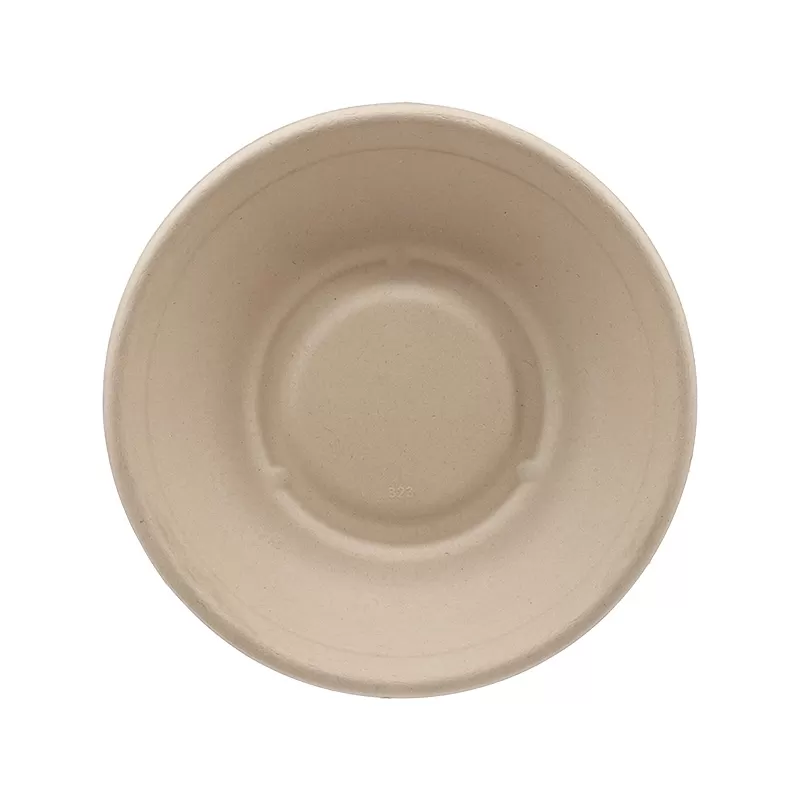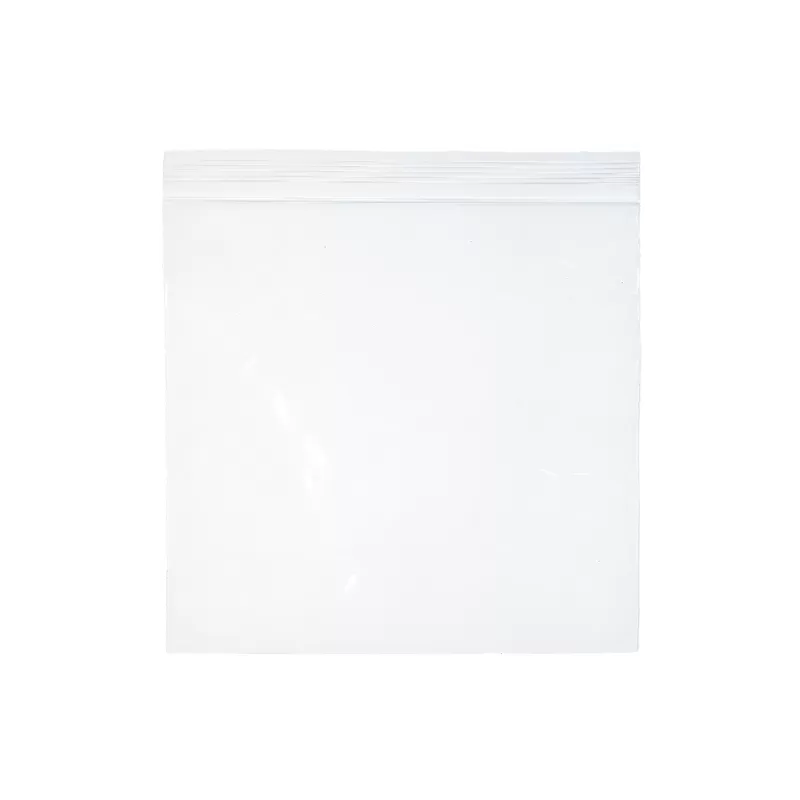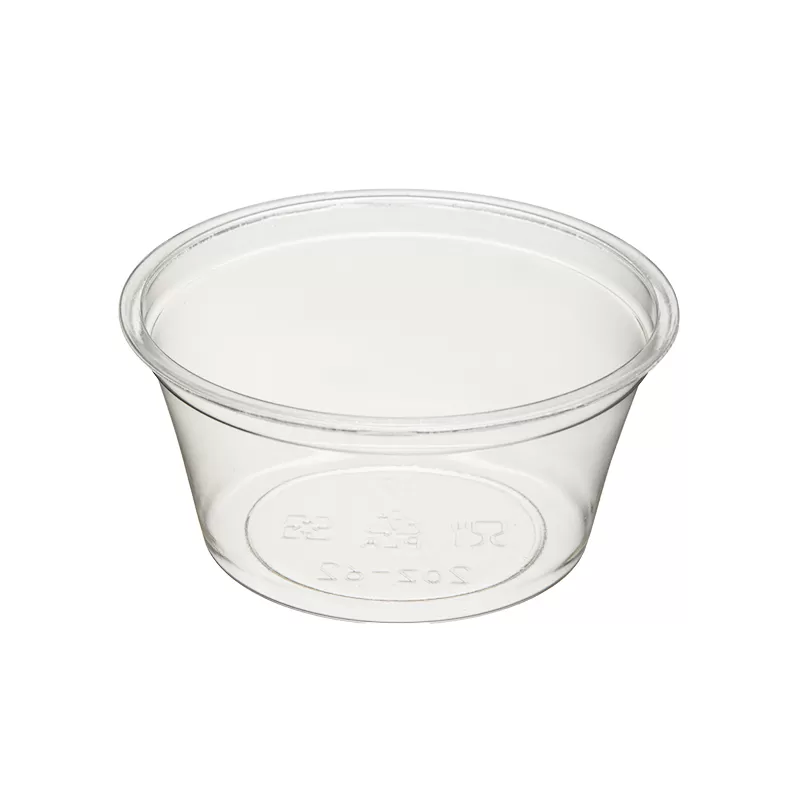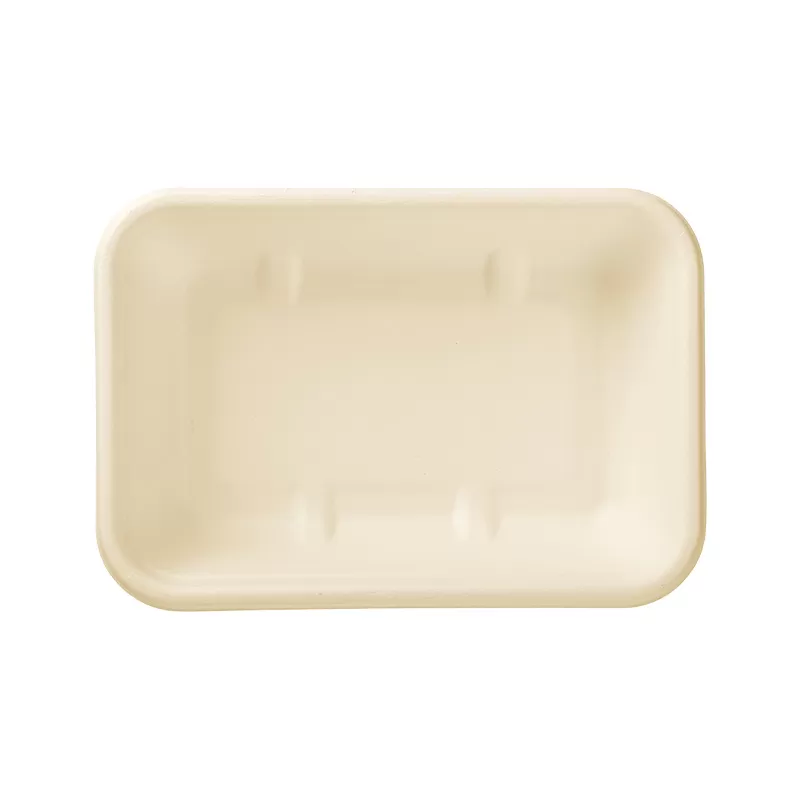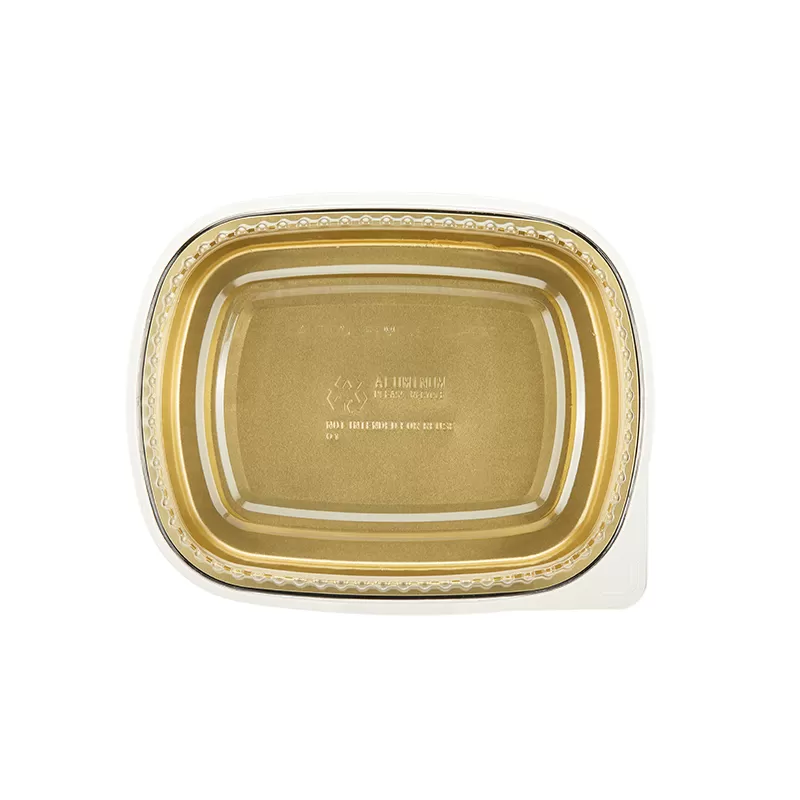Amid growing concerns over plastic pollution and increasing global environmental awareness, traditional single-use plastic food containers are no longer considered a sustainable solution for takeaway packaging. Compostable takeaway packagings are emerging as an eco-friendly alternative and are steadily gaining traction around the world, drawing both regulatory support and market attention.
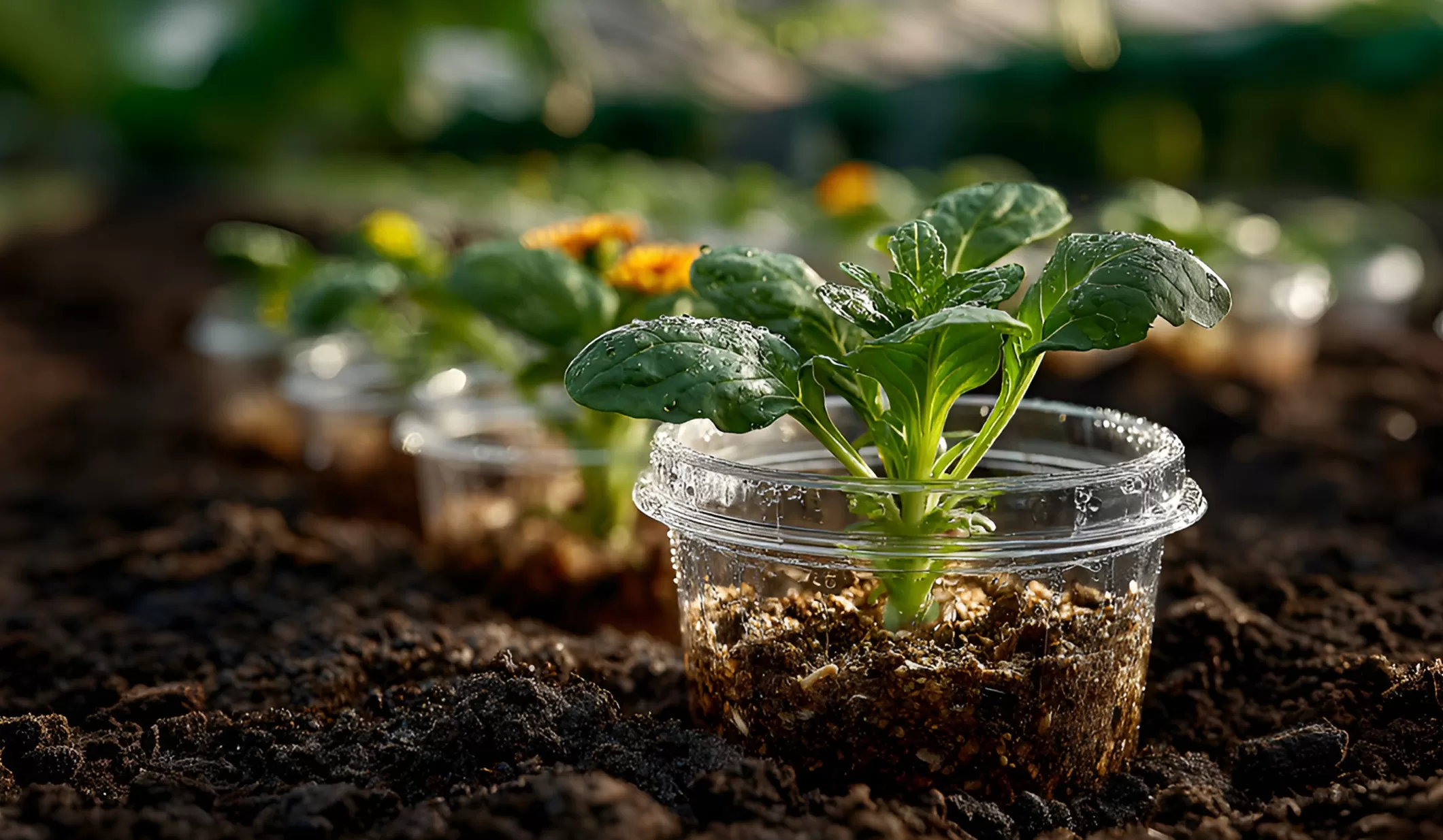
What Are Compostable Takeaway Food Containers Made Of?
Compostable takeaway food containers are a category of food packaging designed to fully decompose into water, carbon dioxide, and organic matter in industrial or home composting environments. These products are not only intended to replace plastic containers, but also to support a closed-loop lifecycle, minimizing long-term environmental impact.
Unlike conventional "biodegradable" materials that may break down only into microplastics, compostable materials are capable of turning into humus, a nutrient-rich substance that benefits the soil when processed under the right composting conditions.
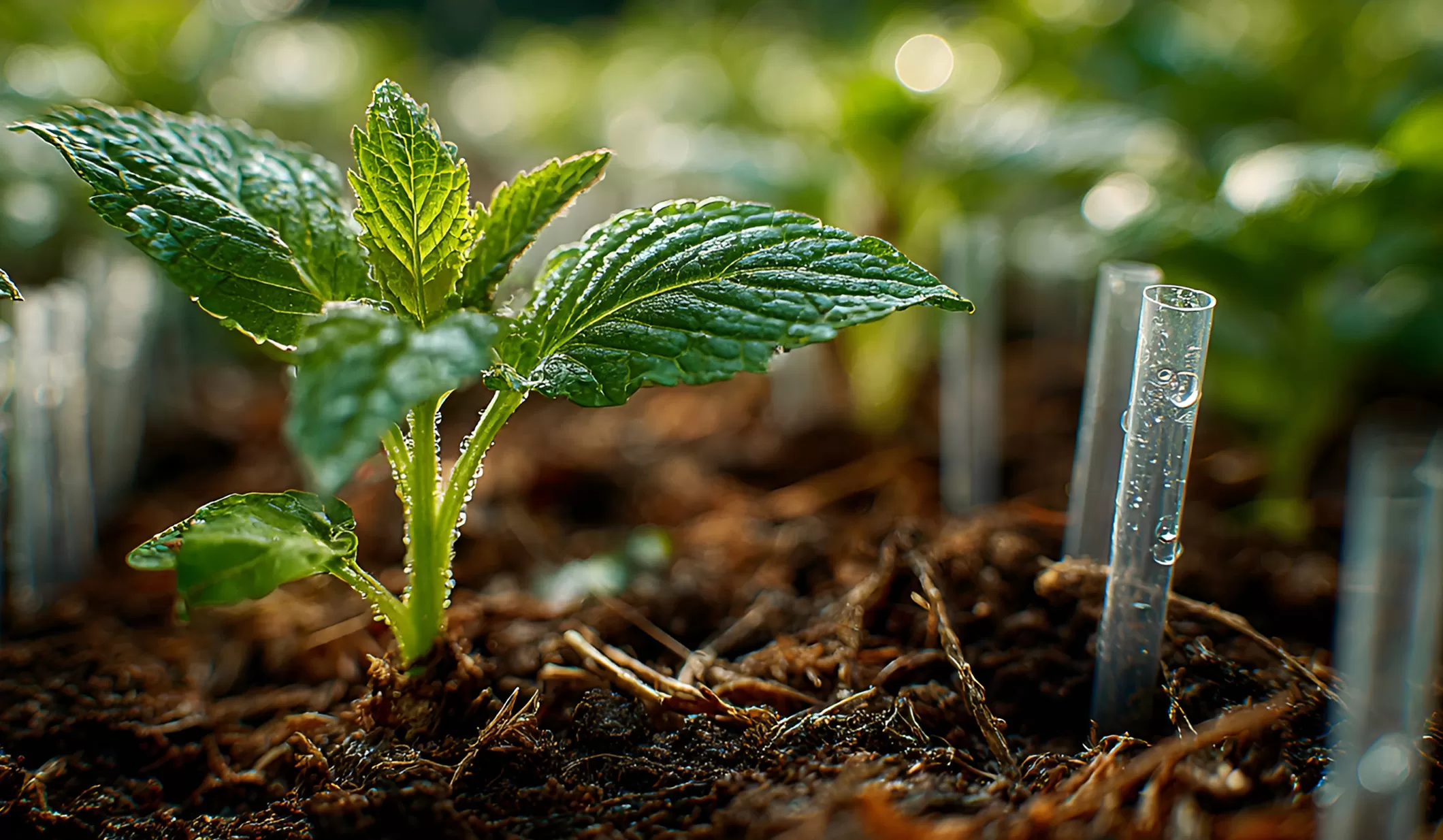
Common materials used in compostable containers include:
PLA (Polylactic Acid): Derived from renewable resources like corn or cassava starch, PLA is a bioplastic commonly used for clear lids and cold beverage cups. Under industrial composting conditions—high temperature, moisture, and microbial activity—PLA can decompose completely within approximately 90 days.
Sugarcane Pulp / Bamboo Fiber: These plant-based fibers are molded into solid shapes to produce items such as food trays, bowls, and clamshell containers. They offer excellent heat resistance, are microwave-safe, and decompose without leaving toxic residues.
CPLA (Crystallized PLA): To enhance heat resistance (up to 90°C or higher), PLA can undergo crystallization, resulting in CPLA. This material is widely used in utensils such as forks, knives, spoons, and durable lids.
All these materials share key advantages: they are renewable, low-carbon in production, and return harmlessly to the environment after composting.
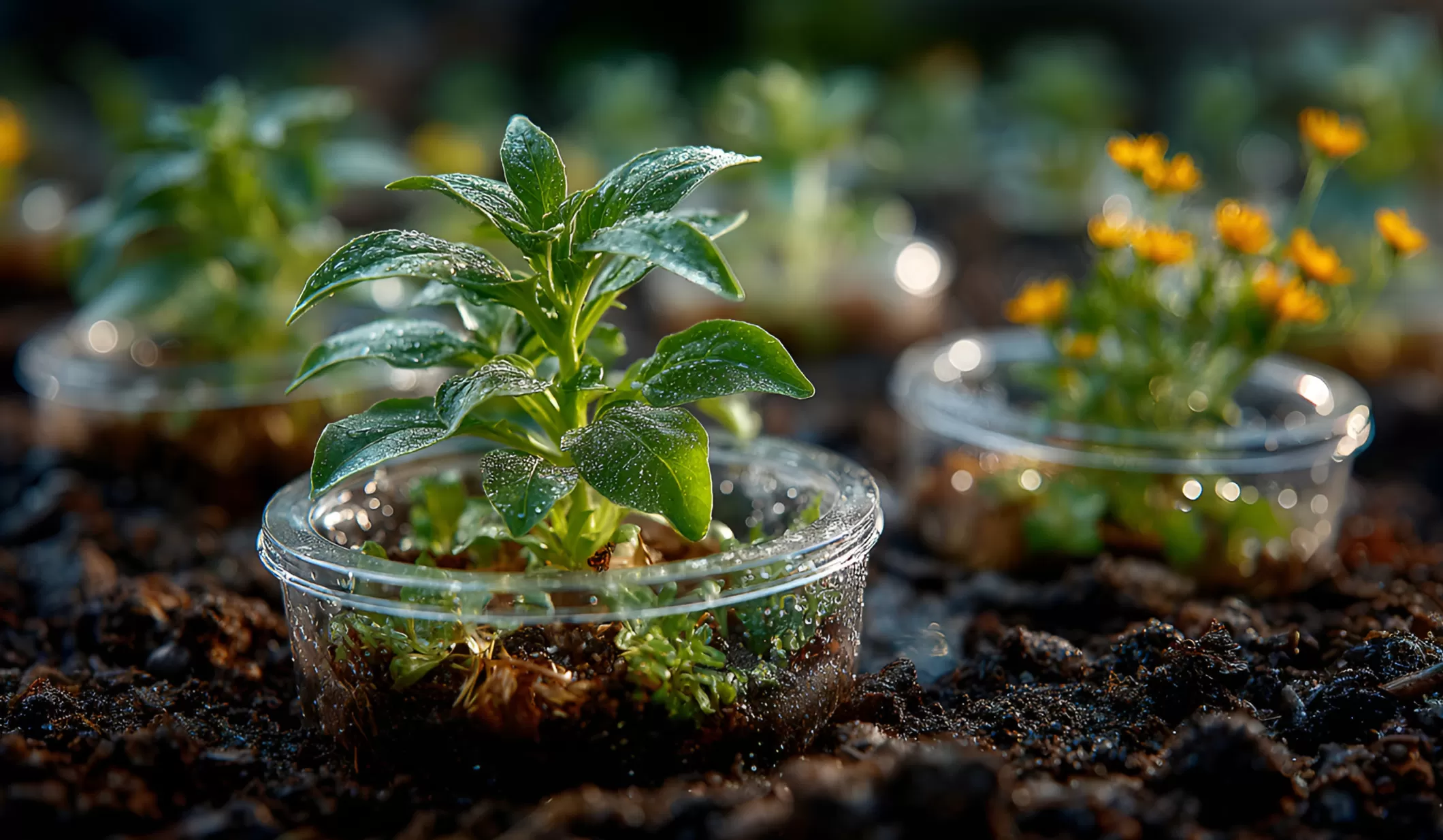
Composting Process and Environmental Benefits
Under industrial composting conditions (temperatures between 55°C and 70°C, controlled humidity, and adequate oxygen), these containers can be broken down by microorganisms into reusable organic matter within 180 days or less. While composting at home may take longer due to less ideal conditions, these materials still demonstrate reliable biodegradability.
In stark contrast to petroleum-based plastics—which can take hundreds of years to decompose—compostable containers significantly reduce landfill volumes, eliminate microplastic residues, and help prevent soil and water contamination.
Challenges and the Road Ahead
With advances in materials science and supportive policy initiatives, the cost of producing compostable take out containers is gradually decreasing, making them more accessible to businesses and consumers alike. However, several challenges remain. The success of compostable packaging relies heavily on the availability of composting infrastructure and on the public's ability to correctly identify and sort compostable waste.
Building a complete circular system—from raw material sourcing and product manufacturing to composting and agricultural reuse—is essential. Once this ecosystem is in place, compostable takeaway packagings will play a pivotal role in promoting green urban development.






